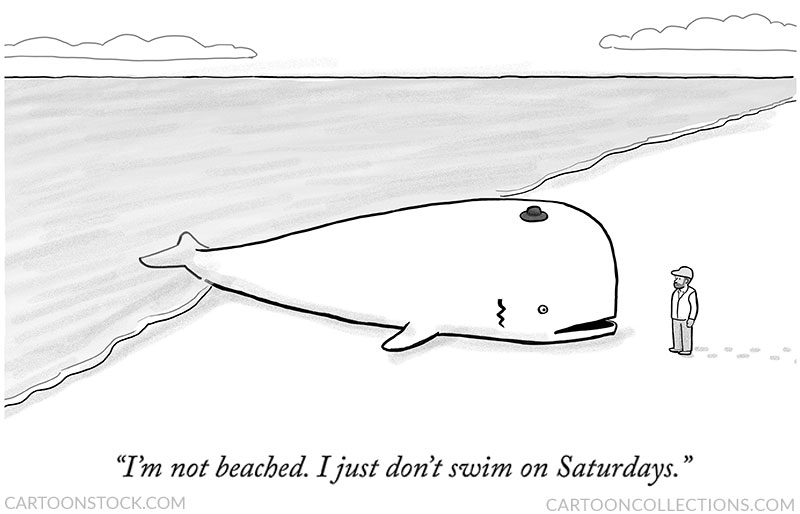Mental Health, Unlock, and Screen Fatigue: A guide to surviving the new “normal”
The COVID-19 pandemic pushed more than 260 countries into lockdown since March 2020. With strict regulations in place to combat the pandemic, physical distancing was made mandatory. This meant that people were contained at homes, movements were restricted, market and public places were shut and schools, colleges and workplaces shifted online. With a beginner’s apprehension, it did not take time for the world to adapt to virtual learning, teaching and working. With the development of the internet and alternative online shops, many individuals were comfortable with the virtual substitutes for real-life experiences. In no time, the internet became a place of full-time work, entertainment, academics as well as socialising. Additionally, this also meant the extension of telemedicine, telepsychiatry and telepsychotherapy into the virtual world as part of healthcare. On one hand, the pandemic separated the world with physical distancing, on the other, the web brought people together and ensured there was no emotional distancing. It was surprising to see how quickly the world adapted to full-time virtual functioning. Before we could realise, unlocking started to take place in a phased manner since June 2020. Despite this, physical distancing continues to be the norm with cases of COVID-19 being reported globally and no vaccination in place, yet. Amidst all these transitions, another concern has begun to emerge- that of mental health issues.
 Screen fatigue, alternatively known as digital eye strain, is similar to Computer Vision Syndrome (CVS)- a phenomenon known in the pre-Netflix era. Screen fatigue occurs due to spending prolonged hours in front of screens (desktops, tablets, smartphones or any other device) as a result of which the body ultimately takes a hit and experiences fatigue. In the COVID-19 era, we have come across several experiences of screen fatigue, digital fatigue, the novel Zoom fatigue and webinar fatigue. With Zoom (being used the most) and other dozen online platforms, we are practically living online- working, learning, celebrating birthdays, anniversaries, graduations, going on virtual dates, spending more time on online dating, etc. These continuous online engagements have blurred the lines of work-life balance to a great extent. Zoom fatigue is the exhaustion experienced as a result of countless video-conferencing and webinar fatigue is the exhaustion felt as a result of attending multiple webinars. With Zoom being rated as the best application of 2020, it was here that most of 2020 happened. This also meant that Zoom fatigue was inevitable and increasingly problematic.
Screen fatigue, alternatively known as digital eye strain, is similar to Computer Vision Syndrome (CVS)- a phenomenon known in the pre-Netflix era. Screen fatigue occurs due to spending prolonged hours in front of screens (desktops, tablets, smartphones or any other device) as a result of which the body ultimately takes a hit and experiences fatigue. In the COVID-19 era, we have come across several experiences of screen fatigue, digital fatigue, the novel Zoom fatigue and webinar fatigue. With Zoom (being used the most) and other dozen online platforms, we are practically living online- working, learning, celebrating birthdays, anniversaries, graduations, going on virtual dates, spending more time on online dating, etc. These continuous online engagements have blurred the lines of work-life balance to a great extent. Zoom fatigue is the exhaustion experienced as a result of countless video-conferencing and webinar fatigue is the exhaustion felt as a result of attending multiple webinars. With Zoom being rated as the best application of 2020, it was here that most of 2020 happened. This also meant that Zoom fatigue was inevitable and increasingly problematic.
It is well established by research that webcam communication is cognitively more demanding for individuals. In addition, the lack of physical contact created negative mental health experiences for many. The sudden and prolonged staying at home caused emotional meltdowns, psychological breakdowns and varied feelings of sadness, loneliness, uncertainty, anger, frustration and anxiety among thousands. To beat the negative effects of physical distancing and self-quarantine, people took to virtual platforms to stay connected. However, this further caused physical troubles such as eye strain, ear pain, neck and backaches, trouble with posture and erratic sleeping schedules. With time, we have come to realise that the physical distancing norms, masks and sanitisation are to stay for some more time till there is a concrete solution with vaccination being made available to all. This means that people are going to continue to work and study for long hours in front of the screen. Given this situation, there are some measures that we can consider to prevent screen fatigue:
- Turn off your video while talking / meeting to avoid the extra attention and distraction you may experience while you promptly see yourself on the screen.
- Avoid the gallery view or seeing everyone in the meeting as it may use up extra time/energy paying attention to what each one is doing. Instead, using the speaker view helps in such instances.
- Avoid back to back meetings and ensure a break of at least 15 minutes that is completely off-screen. Use these breaks to relax your eyes, move around and unwind. Tend not to check your phone to ensure time away from the screens.
- Choose a voice-call format for meetings wherever feasible over a video call and give yourself a break from the stressors of working from home.
- Set boundaries and put yourself first, which will mean that sometimes you may have to decline invitations to virtual birthdays or ceremonies. You can always choose to do that with good intention.
- Stare away into the distance outside your window intermittently, preferably every 20-30 minutes. Using the 20-20-20 rule can help you prevent screen fatigue. The rule states that for every 20 minutes spent looking at a screen, you should take a 20 seconds break and look at something 20 feet away. This relaxes the eye muscles for 20 seconds and gives your brain a much-needed respite.
- Grounding techniques serve a dual purpose of keeping you in the present moment as well as helping you to stay calm. Some extremely simple ways of grounding yourself before starting video conferencing can be massaging your temple and scalp with your fingertips, smelling essential oils or your favourite essences, looking outside the window or at birds/plants, moisturizing your palms and similar activities.
- Remember to take quick breaks where you can move around, take a brief walk or simply stretch yourself (even when in front of the screen).

Apart from these practices to prevent fatigue, here are some habits you can inculcate to protect and promote your mental health:
- In the middle of work commitments, find time to connect with your loved ones. Prioritise your emotional connectedness with people and actively make time for it in your schedule.
- Meditation is more doable than you think. Set up a comfortable, quiet space with a cushion, blanket, candle and calming music (feel free to include plants and anything that works), which make your meditation spot enjoyable. Head there at a regular time to disconnect from the outside world and connect with yourself.
- Choose to use one device at a time and divide your chores among different devices so that you do not engage in using multiple screens. For instance, use the laptop for work, smartphones for communication and tablets for entertainment.
- When possible, use the physical alternative. For example, read a hardbound book over its Kindle or online format; head out and find a location instead of using the GPS; play board games or outdoor games instead of video-gaming.
- Take a mindful break; close your eyes and count to five slowly; take deep breaths. Focus on how your body moves with each breath, notice how warm or cold your inhales and exhales feel.
- Make a flexible routine that works for you and take breaks often.
- Make time for nature even if it means taking a stroll on the terrace. Sunlight is vital so make sure to get at least 15-20 minutes of it daily, especially in the early mornings.
- Mindful snacking can also be a helpful method to relax- going through all five of your senses individually (sight, smell, sounds, tastes and touch) whilst cooking or eating a meal or a snack.
- No matter what, prioritise sleep and balanced, healthy eating.
- Be kind to yourself- acknowledge and accept your feelings. Keep in mind, there are opportunities for personal growth during times like these.
Technology is here to stay even when the pandemic wraps up. It is therefore quintessential for all of us to be aware of the health benefits as well as the fallbacks of too much tech. The pandemic has been a break for many individuals to pause and reflect on their mental health. Where excessive screen time is causing psychological distress among many, it is important to be mindful and imbibe healthy habits for digital use to protect and promote mental well-being.
________________________________________________________________________________
About the Author:

Pragya Lodha is a Clinical Psychologist. Apart from her private practice, she works with 8 other national and international organisations in different capacities. She has 100+ national and international publications and is a teaching faculty for postgraduate students in Psychology.



Leave a Reply